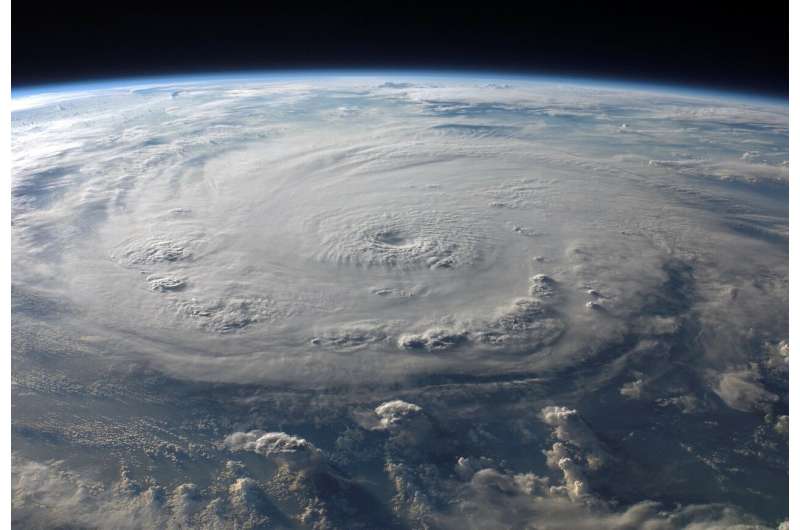More hurricanes likely to slam Connecticut and region due to climate change, says study

More hurricanes are likely to slam Connecticut and the region as the planet continues warming due to greenhouse gas emissions, according to a study led by Yale University researchers.
Released Wednesday, the study says Hurricane Henri, which made landfall in August as a tropical storm on the Connecticut/Rhode Island border, and 2020′s subtropical storm Alpha, the first tropical cyclone observed making landfall in Portugal, may portend an expansion of destructive storms into mid-latitude regions.
Tropical cyclones, hurricanes and typhoons, typically are more intense and destructive in lower latitudes, where much of the. In the U.S., Florida has been hardest hit. But the study's authors said the violent tempests could migrate northward and southward in their respective hemispheres due to warming caused by human-made emissions.
"This research predicts that the 21st century's tropical cyclones will likely occur over a wider range of latitudes than has been the case on Earth for the last 3 million years," said study author Joshua Studholme, a physicist in Yale's department of Earth and Planetary Sciences.
In August, Connecticut dodged the worst of Henri only to be hit with the remnants of Hurricane Ida. Damaging winds and torrential rain felled trees and flooded streets and basements. Floodwaters killed a state trooper. Thousands lost power.
The predicted northward expansion of such violent storms comes as water levels in the Atlantic Ocean and Long Island Sound keep rising. Fueled by melting glaciers thousands of miles away, the Sound could rise by as much as 20 inches by 2050, enough to submerge parts of Groton's shore and cause regular flooding in residential neighborhoods and along key roads.
So an increase in hurricanes would be a double whammy for Connecticut and the region since storm surge, a rise in the sea caused primarily by strong winds pushing water onshore, causes much of the flooding and damage during a hurricane or tropical storm.
The authors of the study on tropical cyclones, however, say scientists disagree on some aspects of the relationship between such storms and climate change. Much remains unclear about how sensitive the destructive storms are to the planet's average temperature. There is no agreement among scientists about whether the total number of storms will increase or decrease as the climate warms, or why the planet experiences roughly 90 such events each year, study authors say.
"There are large uncertainties in how tropical cyclones will change in the future," said Alexey Fedorov, a professor of oceanic and atmospheric sciences at Yale. "However, multiple lines of evidence indicate that we could see more tropical cyclones in mid-latitudes, even if the total frequency of tropical cyclones does not increase, which is still actively debated. Compounded by the expected increase in average tropical cyclone intensity, this finding implies higher risks due to tropical cyclones in Earth's warming climate."
Typically, hurricanes and typhoons form at low latitudes above tropical oceans and away from the shearing impact of the jet streams—the west-to-east bands of wind that circle the planet. As the climate warms, temperature differences between the equator and the poles will decrease, the researchers say. In summer months, this may cause weakening or even a split in the jet stream, opening a window in the mid-latitudes for tropical cyclones to form and intensify.
The study authors analyzed numerical simulations of warm climates from Earth's distant past, recent satellite observations and a variety of weather and climate projections, as well as the fundamental physics governing atmospheric convection and planetary-scale winds, according to a Yale news release. They noted that simulations of warmer climates during the Eocene (56 to 34 million years ago) and Pliocene (5.3 to 2.6 million years ago) epochs saw tropical cyclones form and intensify at higher latitudes.
"The core problem when making future hurricane predictions is that models used for climate projections do not have sufficient resolution to simulate realistic tropical cyclones," said Studholme, a postdoctoral fellow at Yale. "Instead, several different, indirect approaches are typically used. However, those methods seem to distort the underlying physics of how tropical cyclones form and develop. A number of these methods also provide predictions that contradict each other."
2021 Hartford Courant. Distributed by Tribune Content Agency, LLC.





















